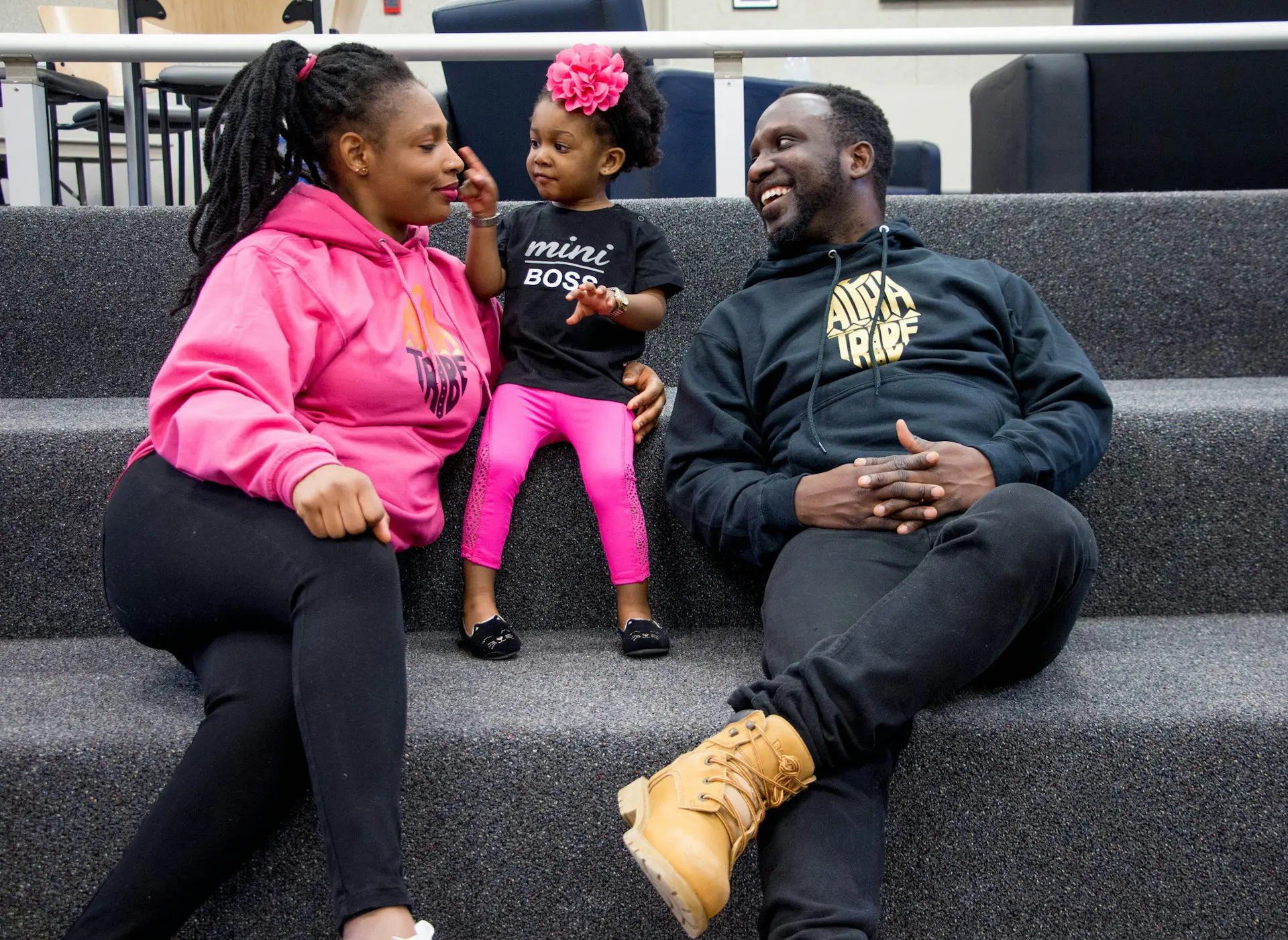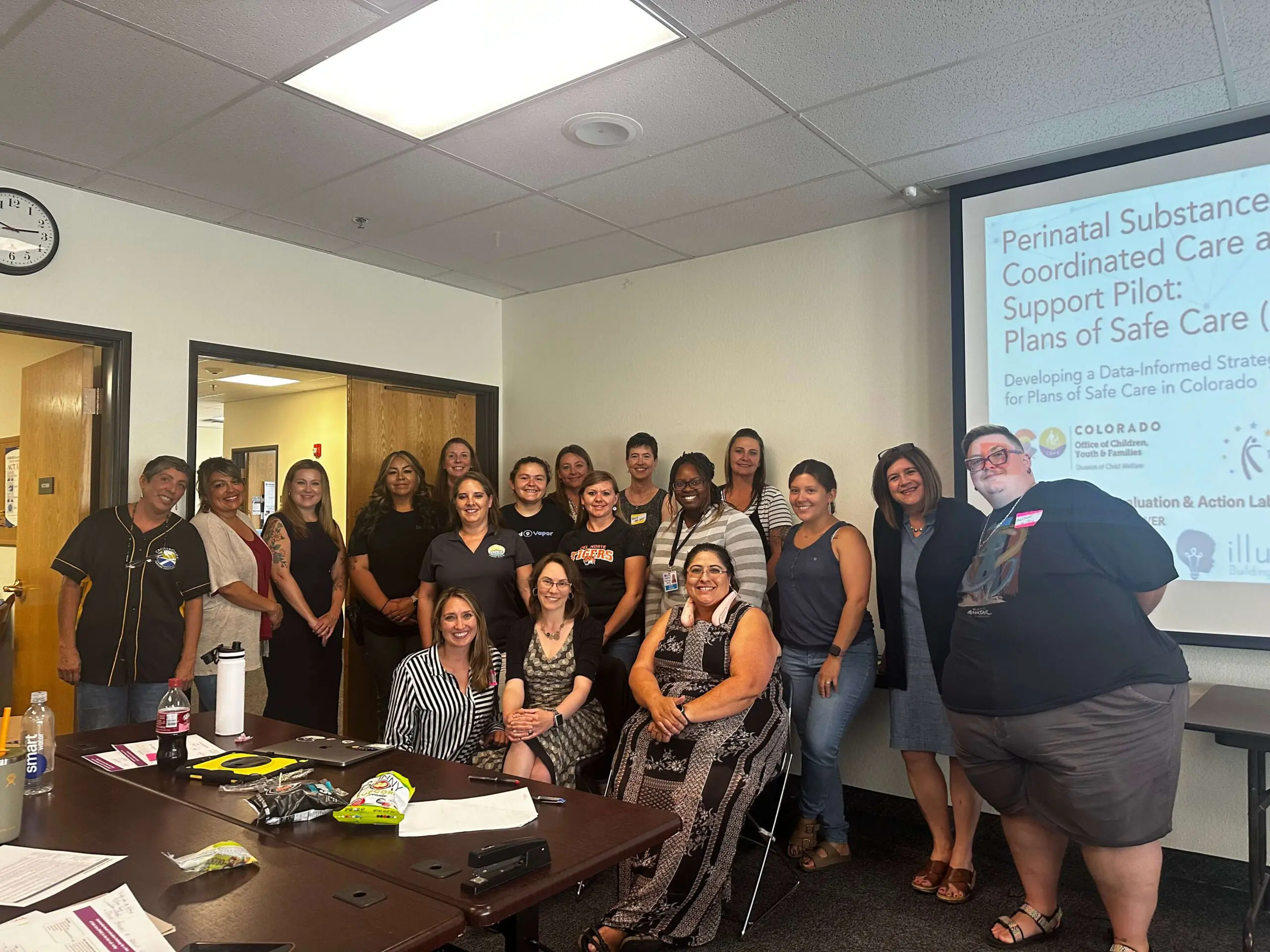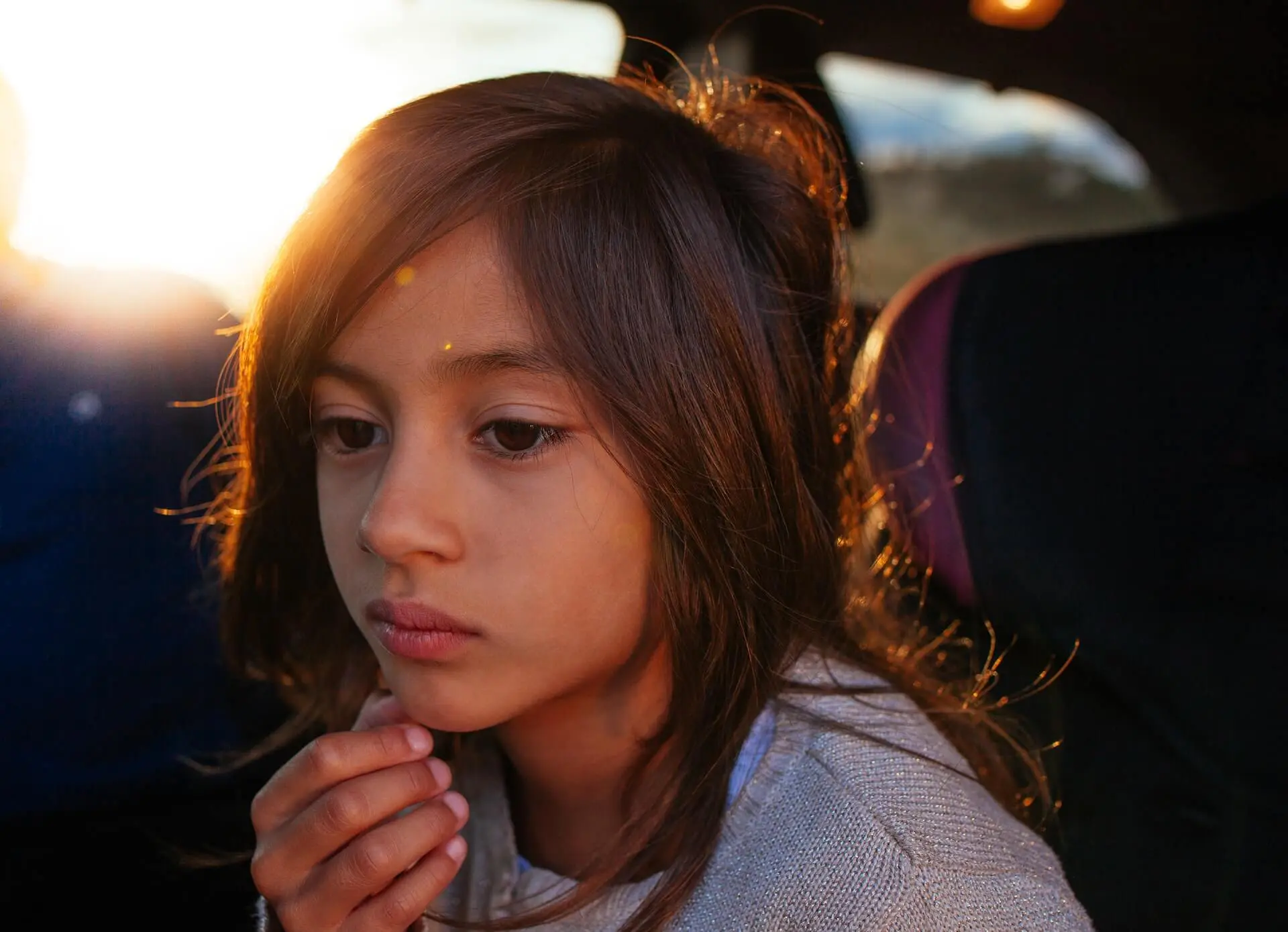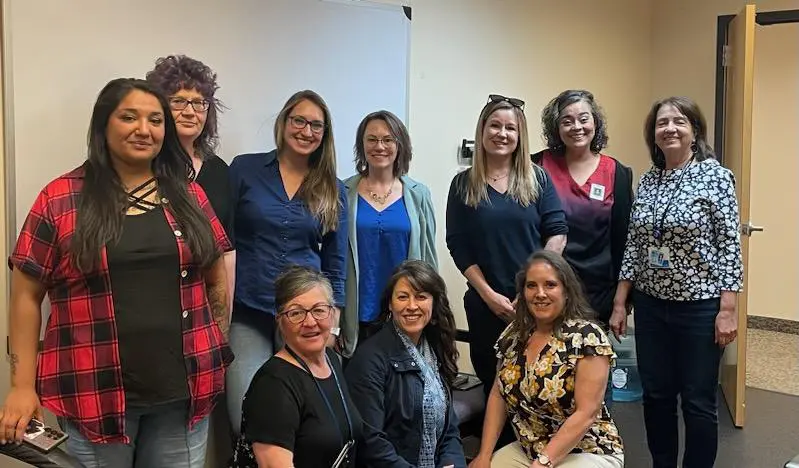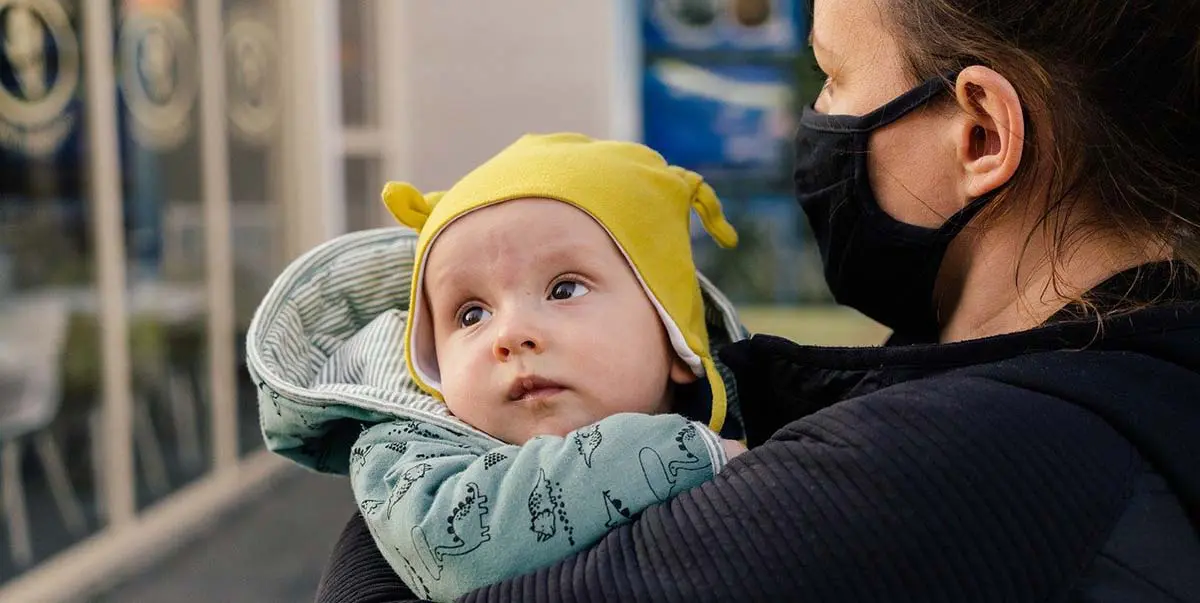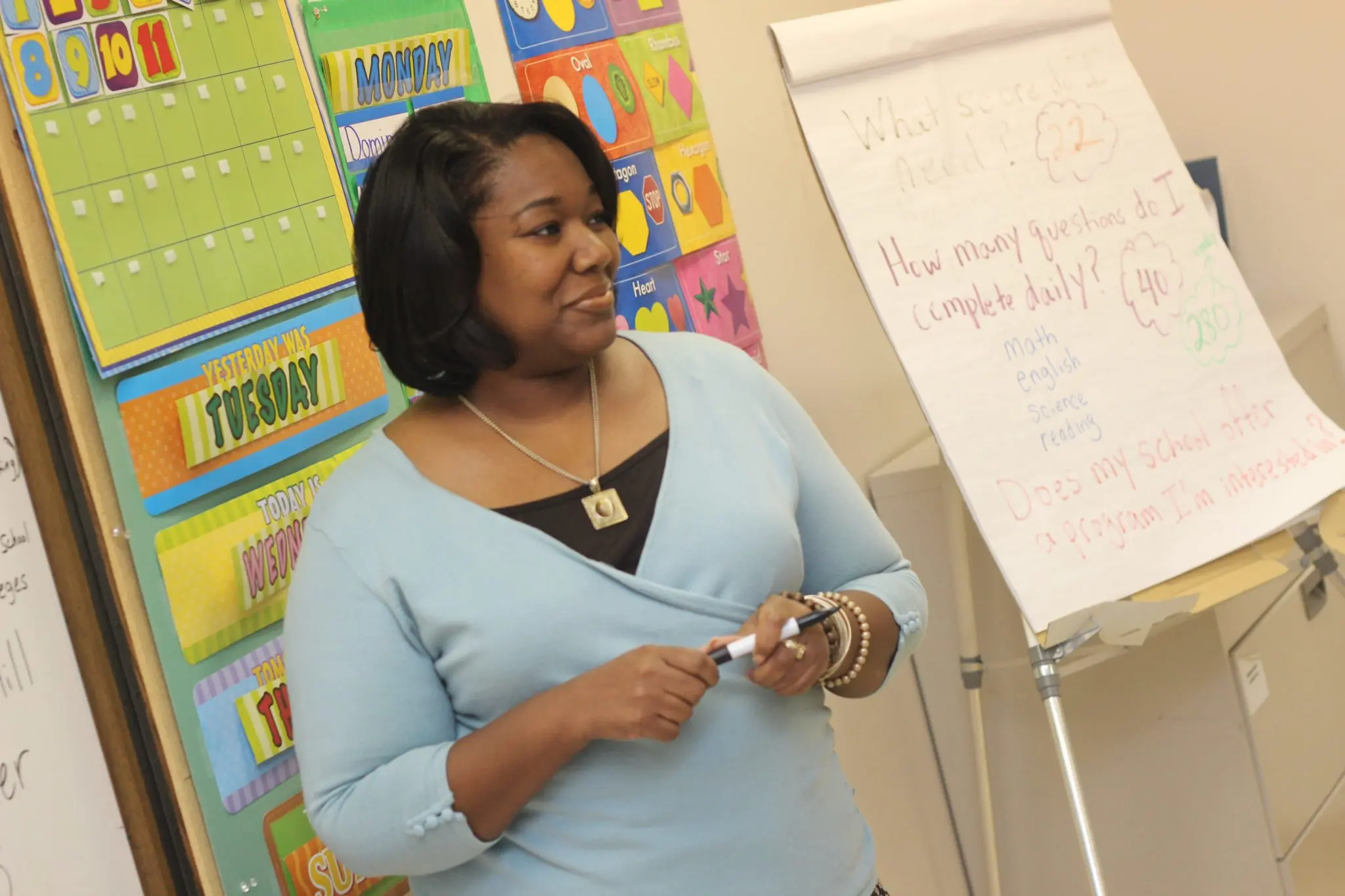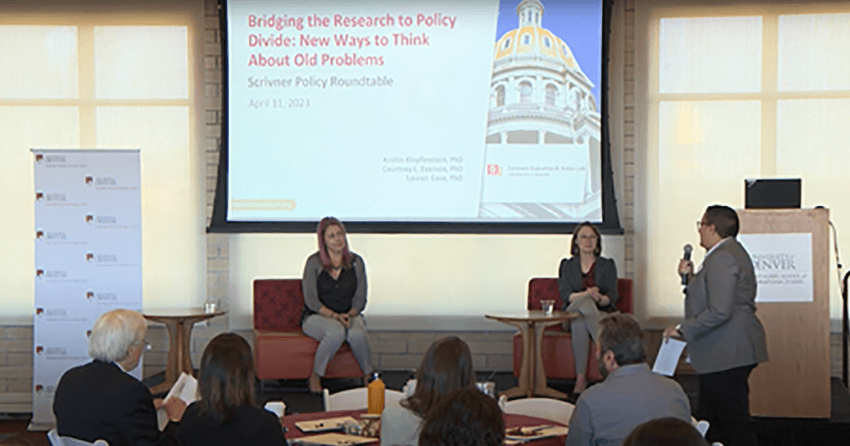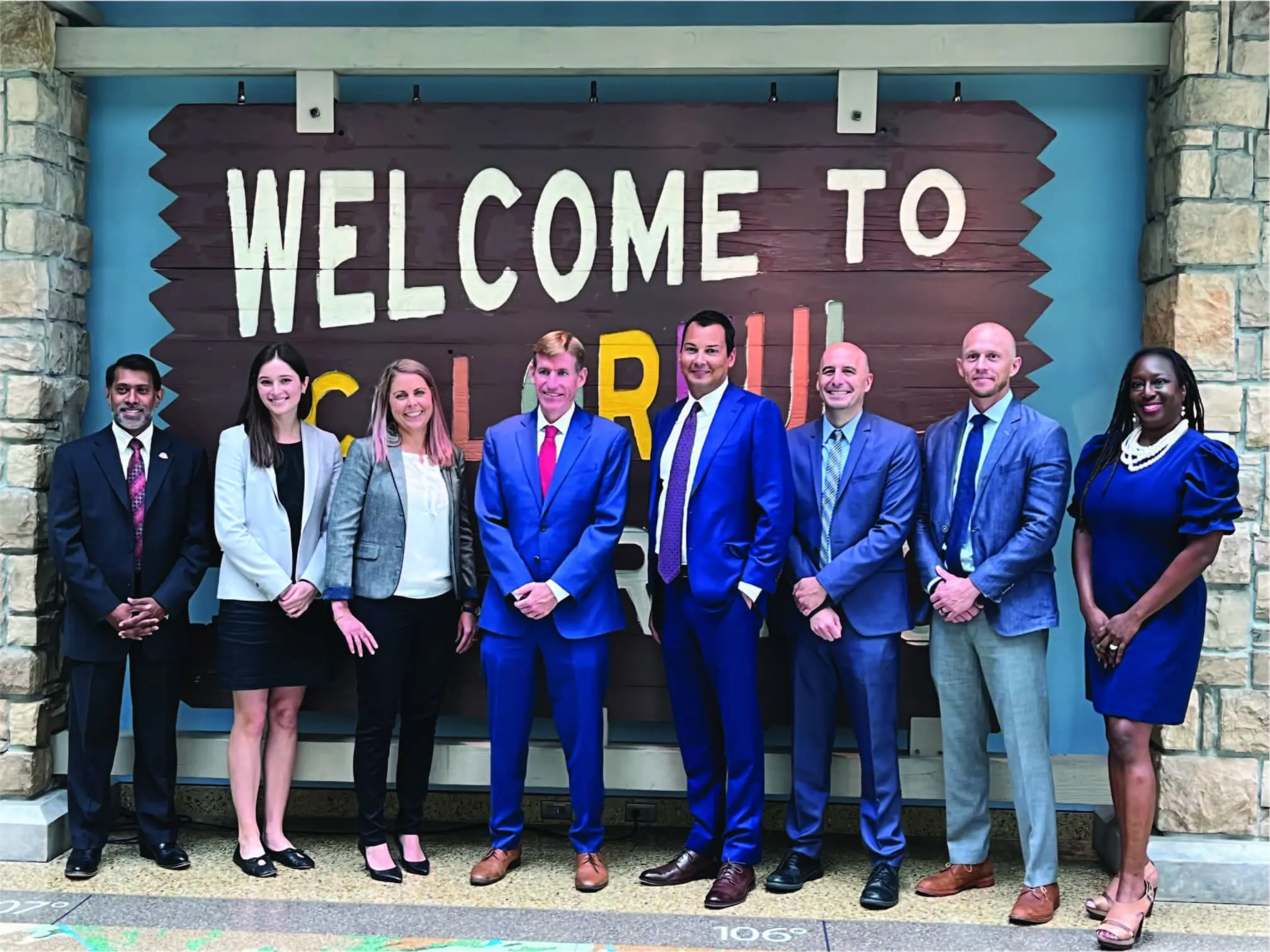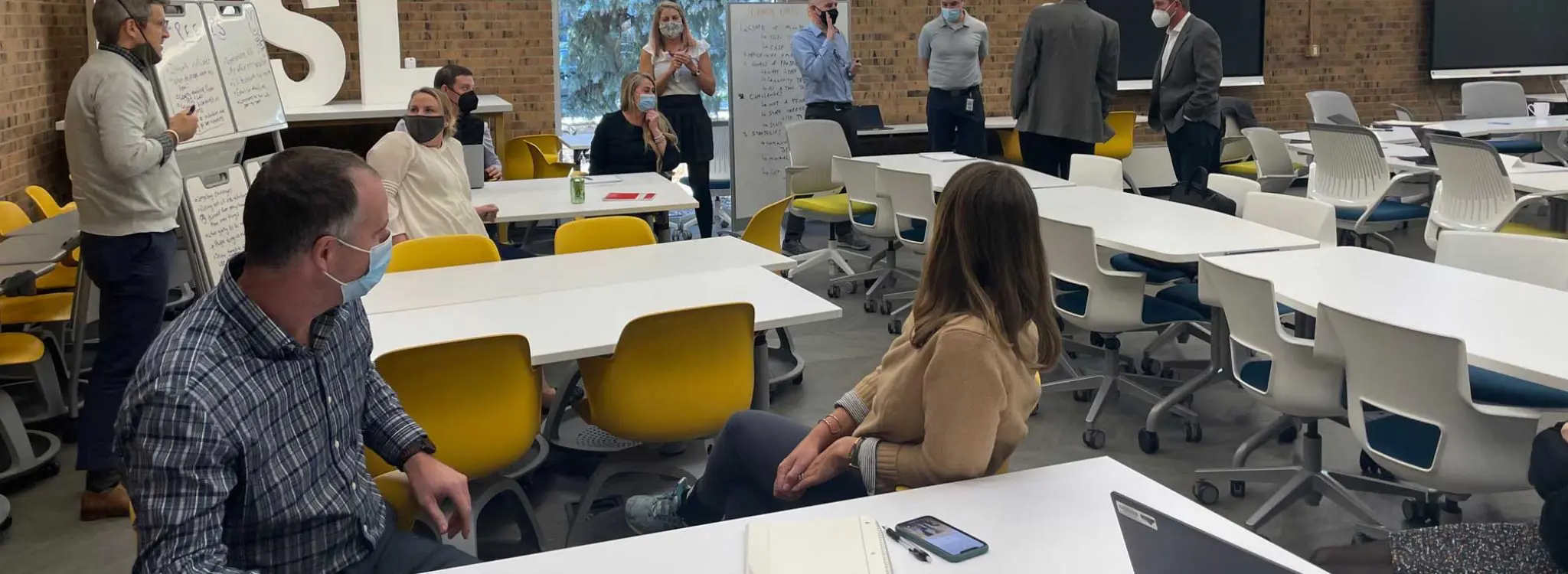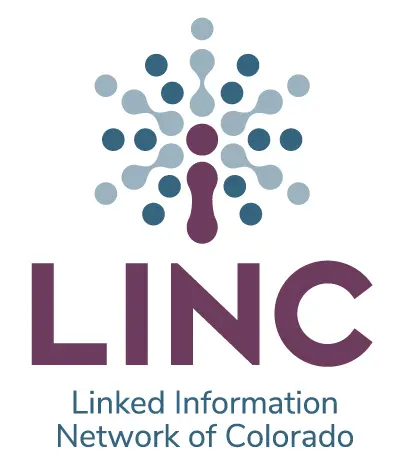New Study Estimates Youth and Young Adult Homelessness in Colorado to be Three to Five Times Larger than Previous Estimates

A new research study used more comprehensive and innovative approaches to gain a clearer understanding of the reach of youth and young adult homelessness in Colorado. Unlike traditional point-in-time counts, the study linked unduplicated data from the administrative records of three major systems that identify and support youths experiencing homelessness— the Colorado Department of Education, the Colorado Department of Human Services Division of Child Welfare, and Colorado’s Homelessness Management Information System (HMIS)—over a 5-year period (2018-2022). Additionally, a “multisystem estimation” method was used to identify youths experiencing homelessness who were “unknown” to any of these systems. Key findings showed:
- 33,041 youths (ages 14-17) were estimated to have experienced homelessness in Colorado in a single year (2022). This contrasts sharply with the 1,339 youths (ages 14- 17) identified through the commonly reported point-in-time count (2022). This estimation includes the “known count” (6,135) from linked data across child welfare, education, and HMIS and the “unknown estimation” (26,906). A “multisystem estimation” method was used to identify youths experiencing homelessness who were “unknown” to any of the three systems. Multisystem estimation is an established method but is novel in its application to people experiencing homelessness.
- During the 5-year period (2018-2022), 42,143 youth and young adults (ages 14-24) were known to one or more of these systems as experiencing homelessness in Colorado; the single year known count (2022) was 6,855. This is nearly four times the number (10,852) of youth and young adults (14 -24) identified for this same time period through the commonly reported point-in-time count. The “unknown” multisystem analysis was only conducted for youth (ages 14-17) due to the limited availability of data on young adults (ages 18- 24) in the K-12 education and child welfare systems. Gaining an accurate count of youth homelessness has been a long-standing challenge for a number of reasons, including agencies and organizations using different definitions of homelessness and people choosing not to identify themselves as homeless due to the associated stigma.
The study was conducted by the Center for Policy Research (CPR) in partnership with the Colorado Lab and was funded by the U.S. Department of Housing and Urban Development (HUD). The research team collaborated with researchers at the University of Colorado Anschutz Medical Center to generate the multisystem estimation of the youths experiencing homelessness who were unknown to the data systems.
Researchers also incorporated the voices of youth, seeking to understand their experiences with homelessness and the systems and surveys that track them, and to identify risk and protective factors associated with homelessness. Homelessness service providers also provided qualitative data on the challenges of identifying and serving homeless youths across Colorado and the hurdles they have faced in trying to share data.
The full study also includes findings on the characteristics, age, gender, race and ethnicity of the youths and young adults experiencing homelessness in Colorado, as well as the systems that identify them.
“While it is sobering to see this new estimate showing the staggering reach of young people experiencing homelessness in Colorado, this study also offers hope,” said lead researcher Lanae Davis, CPR Senior Research Associate. “What we discovered grows our understanding of youths who are unhoused, including where they are located, the circumstances that led to their experience of homelessness, and the support services they trust and use. Having a comprehensive, sustainable, and replicable approach to more accurately estimate the number of youths experiencing homelessness is essential to providing the right types of support services when and where they are needed and identifying more effective approaches to prevent youth homelessness.”
“This study offers a novel approach to identifying and estimating the prevalence of youth homelessness in Colorado across multiple data systems,” said Trevor Williams, Youth Services Unit Manager at the Colorado Department of Human Services. “It is an important step forward in evaluating and supporting the needs of this vulnerable population.”
“This study is a good example of how data from the Homeless Management Information System (HMIS) can highlight what’s needed for vulnerable populations. Reviewing HMIS data alongside other youth serving systems’ data underscores the power of data sharing policies. This multiple data systems approach helps us truly understand the scope of youth homelessness across Colorado, which will ultimately help us scale resources and the solutions needed to combat it,” said Jason Johnson, Executive Director, Metro Denver Homeless Initiative.
“With one-time grant funding from HUD, we have identified a comprehensive approach to estimate statewide youth and young adult homelessness. Colorado now has the opportunity to continue its lead nationally by committing to use this approach going forward and expanding it to include all school-age children and the adult population. More fully understanding the reach of homelessness is absolutely essential to providing needed support services and identifying effective approaches to prevent and end homelessness,” said Dr. Elysia Versen, Deputy Executive Director and COO for the Colorado Lab.
To learn more, please read the executive summary and full report or contact Dr. Elysia Versen.






